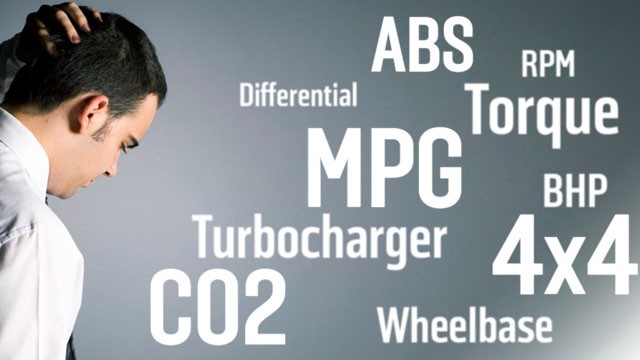Open up a car magazine or a brochure than can help you find the right car for you and you might encounter motoring jargon that you probably have no idea about.
Although it might take some time before you can get accustomed to these jargons, you can start early by finding the meaning in our handy guide to motoring jargons that can help you determine the difference of an E-REV to an EV!
Alternator – connects to the 12-volt battery to power your vehicle’s electrical system.
A/T – an automatic transmission means that you don’t have to worry about a manual clutch when you drive.
BHP – stands for “brake horsepower.” The measure of an engine’s horsepower output before frictional losses. A dynamometer is used to measure this unit.
CO2 – Carbon dioxide, the harmful emission that determines your vehicle tax. Higher emitting vehicles are penalized heavily so make sure that you choose a vehicle with lower emissions.
Cut and Shut – a type of vehicle that’s been repaired by mixing components and parts from various vehicles.
Depreciation – a part of your vehicle’s purchase price that is lost over time with continued use.
DRL – stands for Daytime Running Lights. These are low-energy lights that switch on automatically when the vehicle is operated. These lights increase the visibility of the vehicle to other motorists on the road.
E-REV – stands for Extended-Range Electric Vehicle. This type of vehicle has an electric motor for propulsion but has a typical internal combustion engine that doesn’t use petrol or diesel to power the wheels.
EV – stands for Electric vehicle. This type of vehicle relies on an electric motor, a hybrid power, or fuel cells to run.
FWD – stands for Front Wheel Drive. Occurs in vehicles that utilize engine power in only the front wheels.
Gross weight – the weight of the vehicle plus the maximum load that it can carry safely while on the road.
Hybrid – a type of vehicle that gets its power from a petrol engine and a battery-operated motor.
ICE – stands for Internal Combustion Engine vehicle. Uses other combustible fuels from electric or hybrid vehicles in order to run properly.
J-turn – a manoeuvre that is done by driving backwards and then turning quickly on its axis, resulting it to head on the same direction but facing the other way.
LPG – stands for Liquid Petroleum Gas, a mixture of propane and butane that serves as an alternative fuel that can make vehicles run.
MPH – stands for Miles Per Hour. This is the number of miles that a vehicle can travel at a constant speed in the span of one hour.
NVH – stands for Noise, Vibration and Harshness. Some characteristics of a vehicle that determines the quality of the ride. Newer brands tend to have the ideal NVH qualities that are desirable to most passengers.
Power steering – a function that reduces the effort required by the driver to turn the wheel. Power steering is aided by electric or hydraulic motors found within the vehicle.
RWD – stands for Rear Wheel Drive. The vehicle’s power is focused on the rear wheels.
SUV – stands for Sports Utility Vehicle. This type of vehicle is designed to perform on a variety of road conditions while remaining affordable for most consumers.
TCS – stands for Traction Control System, a system that applies the brake pulses and cuts engine power to control the speed and traction of the vehicle.
VRM – Vehicle Registration Mark or the number plate of your vehicle.
Xenon – a bright type of bulb that is more powerful than ordinary headlights.
ZiL lanes – lanes in Moscow that are reserved for government officials only.
You can know more about the basics of how to drive by taking some sample theory tests available online. One way to become more familiar with motorist jargon is by researching about these things to help you improve your knowledge for when you’re on the road.

